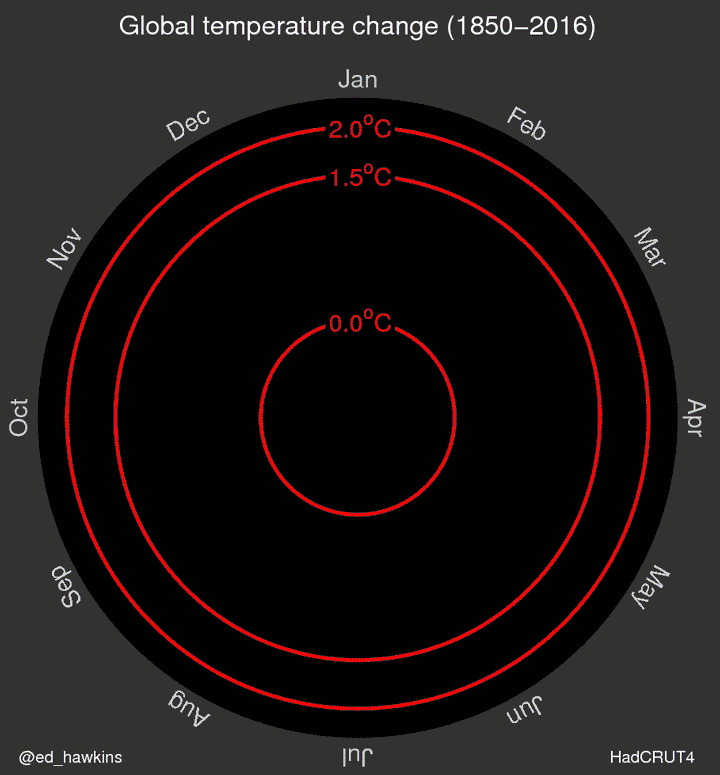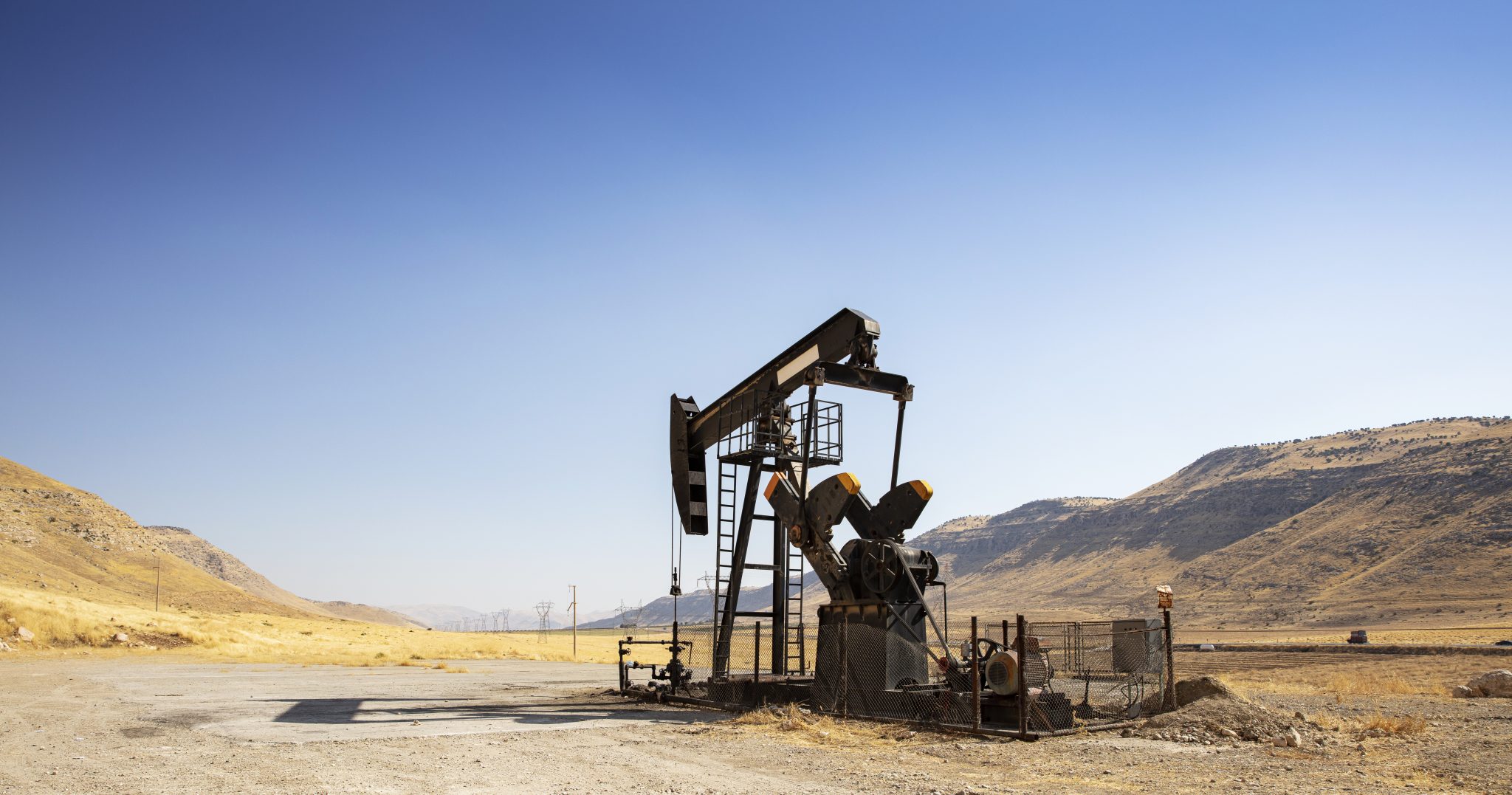Today the EPA released the final (and first-ever) rule for the oil and gas sector for new, reconstructed and modified sources. Gasp commented on the draft rule and we discussed last summer the EPA was taking a crucial step in addressing climate change. Methane (CH4) is the primary component of natural gas. The agency hopes to bring methane pollution down 40 to 45 percent from 2012 levels by 2025.
Pound for pound, the comparative impact of CH4 on climate change is 25 times greater than CO2 over a 100-year period.
The final rule has not changed drastically from the proposed rule.The industry is required to repair leaks and limit emissions from wells, pumps and other equipment used in oil and gas production. The final rule also removes an exemption for low production wells and requires leak monitoring surveys twice as often at compressor stations.
As our planet continues to warm at an alarming rate due to human activity, the regulation of potent greenhouse gases such as methane is imperative.

Credit: Ed Hawkins
EPA explains that Methane’s lifetime in the atmosphere is much shorter than carbon dioxide (CO2), but CH4 is more efficient at trapping radiation than CO2. Pound for pound, the comparative impact of CH4 on climate change is 25 times greater than CO2 over a 100-year period. EPA estimates the final rule will yield climate benefits of $690 million in 2025, which the EPA says will outweigh estimated costs of $530 million in 2025.
On Thursday the World Health Organization released a report that found that global air pollution increased 8 percent from 2008 to 2013 and air quality levels exceed WHO limits for 80 percent of those living in urban areas. Because climate change is a global problem, the regulations the EPA has finalized for new oil and gas sources could positively impact global air quality in the long term.
In March, the EPA announced it was beginning to develop regulations to limit methane releases from existing oil and gas wells. Once the rule is up for public comment, Gasp will once again weigh in on the rule and provide ways for you to give EPA your feedback on the draft rule as well.


